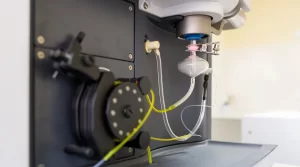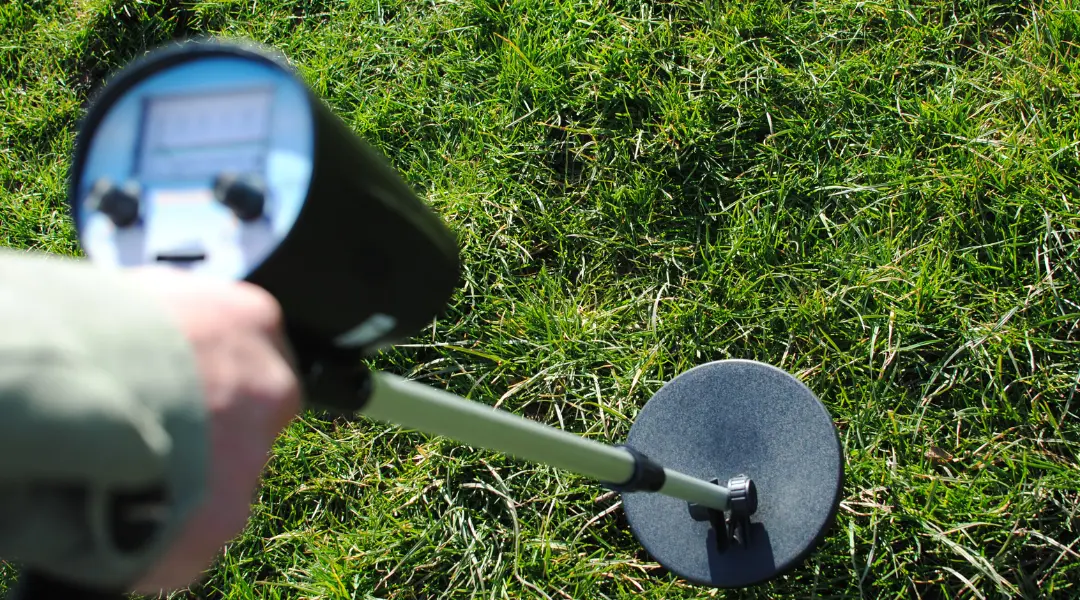In today’s digital age, the capabilities of mobile devices seem to know no bounds. From communication to entertainment and even medical applications, smartphones have revolutionized the way we interact with the world. But can these pocket-sized powerhouses extend their prowess to the realm of precious metals? In this article, we delve into the intriguing question: Can mobile devices detect gold? While it might sound like something out of science fiction, recent advancements suggest that there could indeed be a glimmer of truth to this possibility.
The Basics of Gold Detection
Gold, with its lustrous allure and historical significance, has always captivated human curiosity. Traditionally, detecting gold has involved complex equipment like metal detectors and X-ray fluorescence devices. These instruments are designed to identify unique signatures of various metals, including gold, by analyzing their interactions with electromagnetic fields or radiation. But what if the device we use to make calls and take selfies could also double as a gold detector?
The Science Behind Mobile Detection
At the heart of this concept lies the integration of innovative technologies within smartphones. One of these technologies is spectroscopy, a method that involves analyzing how different materials interact with light. Mobile devices equipped with advanced cameras and sensors can potentially employ spectroscopic techniques to identify the unique optical properties of gold. This involves shining light onto a sample and measuring how it absorbs or reflects that light. By comparing these patterns against a database, the device could make educated guesses about the presence of gold in the sample.
Challenges to Overcome
While the idea of a gold-detecting mobile device sparks excitement, several significant challenges must be addressed. Gold is often found in complex geological settings, mixed with various minerals and ores. This complexity poses a challenge for mobile devices, as they need to accurately differentiate between gold and other substances. Additionally, the amount of gold in a sample might be minuscule, requiring highly sensitive detection capabilities to yield reliable results.
Advancements in Spectroscopy

Recent years have witnessed remarkable advancements in spectroscopy and sensor technologies. Researchers are exploring ways to enhance the accuracy and sensitivity of these tools, making them suitable candidates for mineral detection. Some studies have shown promising results, indicating that mobile devices could potentially identify the presence of gold in certain conditions.
Real-world Applications
The potential applications of mobile gold detection are diverse. Imagine a prospector in a remote location being able to use their smartphone to get initial indications of gold deposits in the area. Geologists and environmental scientists could also benefit from this technology, using it to quickly assess soil and rock samples during fieldwork. However, it’s important to note that mobile devices might not replace specialized equipment entirely but rather serve as preliminary screening tools.
Ethical Considerations
As with any technological advancement, ethical considerations come into play. If mobile devices become adept at identifying gold, this could lead to increased mining activities, potentially impacting the environment and local communities. Responsible use of this technology would be crucial to ensuring that its benefits outweigh its drawbacks.
Detecting gold with a mobile phone: FAQs
Can mobile devices accurately detect small traces of gold in various materials?
Mobile devices have limitations when it comes to detecting small traces of gold. While they can utilize spectroscopic techniques to analyze the optical properties of materials, accurately identifying minuscule amounts of gold in complex samples remains challenging. Specialized equipment with higher sensitivity is generally required for such tasks.
What factors affect the accuracy of gold detection using mobile devices?
Several factors can influence the accuracy of gold detection using mobile devices. These include the quality of the device’s sensors and cameras, the calibration of the spectroscopic algorithms, the presence of interfering substances in the sample, and the overall geological complexity of the material being tested. Achieving reliable results requires careful consideration of these variables.
Are there limitations to the depth at which mobile devices can detect gold underground?
Yes, there are limitations to the depth at which mobile devices can detect gold underground. As the distance between the device and the target increases, the intensity of the light reflected or absorbed by the gold-bearing material diminishes. This reduction in signal strength can make it challenging for mobile devices to accurately detect gold deposits at significant depths. Specialized equipment designed for deeper exploration is more suitable for such scenarios.
Can mobile devices differentiate between various forms of gold, such as pure gold and gold alloys?
Mobile devices equipped with spectroscopic capabilities can potentially distinguish between different forms of gold based on their unique optical properties. However, the accuracy of differentiation depends on the device’s resolution, the complexity of the sample matrix, and the specific spectral signatures of the gold forms. Alloys and mixtures might pose challenges, as they introduce additional spectral components that can complicate the analysis.
How does the geological composition of the surrounding materials impact mobile-based gold detection?
The geological composition of surrounding materials can significantly impact mobile-based gold detection. Geological matrices containing minerals with similar optical properties to gold can lead to false positives. Conversely, materials that absorb or scatter light differently might hinder accurate detection. Understanding the geological context and having a robust spectral database for reference are essential for minimizing errors and misinterpretations during gold detection attempts with mobile devices.
Conclusion
While the notion of mobile devices detecting gold might have seemed far-fetched initially, scientific progress suggests otherwise. Through the integration of advanced spectroscopic techniques and sensors, smartphones could one day offer preliminary insights into the presence of gold and other precious metals. However, it’s essential to approach this possibility with a balance of optimism and realism, understanding the challenges and limitations that must be overcome. As technology continues to evolve, who knows what other hidden capabilities our trusty mobile companions might unveil in the future?

